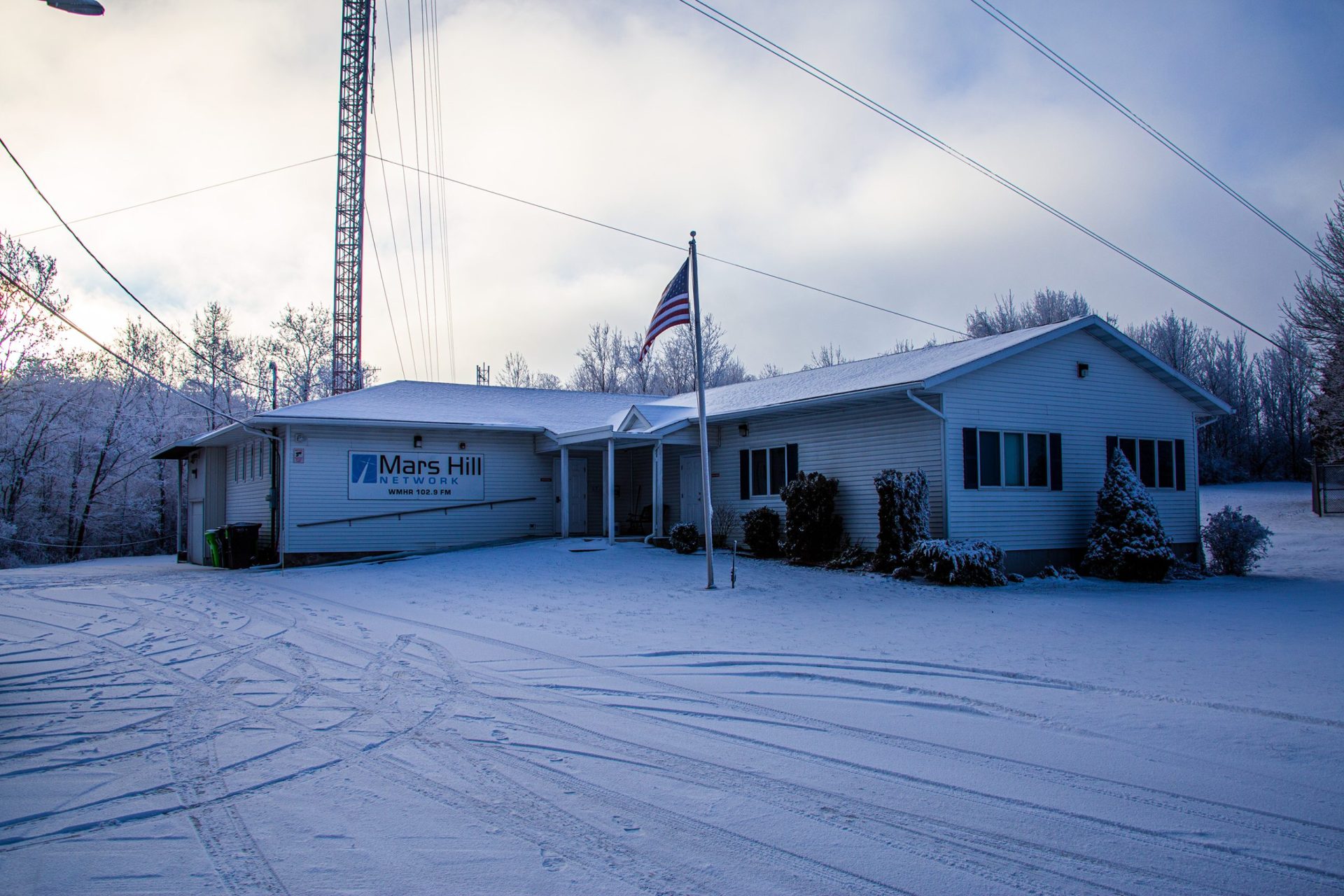The Media Line: Archaeologists Uncover Moat in Jerusalem, Revealing Secrets of Ancient Fortification
Written by on July 22, 2024
[[{“value”:”
Archaeologists Uncover Moat in Jerusalem, Revealing Secrets of Ancient Fortification
While some are likely to politicize the find, which adds further color to the history of Jewish settlement in the land of Israel, the dig’s director noted that his aims are academic rather than ideological
Veronica Neifakh/The Media Line
Following 150 years of exploration, archaeologists have uncovered a significant moat in the City of David within the Jerusalem Walls National Park, the Israel Antiquities Authority and Tel Aviv University announced on Sunday. This massive trench, measuring at least 9 meters deep and 30 meters wide, likely separated the upper city, home to the temple and palace, from the lower city.
The discovery was made during excavations of the Givati Parking Lot. The moat apparently formed a barrier between the City of David and the Temple Mount and Ophel areas, and its perpendicular cliffs made it impassable. Archaeologists were initially unsure as to its purpose, but continued excavations revealed that it served as the northern fortification line of the lower city, separating the residential areas in the south from the acropolis in the north.
Excavation directors Yuval Gadot of Tel Aviv University and Yiftah Shalev of the Israel Antiquities Authority said that the moat dates back nearly 3,000 years to when Jerusalem was the capital of the Kingdom of Judah under King Josiah.
The creation of the moat was a monumental feat, demonstrating the engineering prowess and authority of Jerusalem’s rulers.
Despite numerous attempts over the past 150 years to trace Jerusalem’s northern fortification, the full extent of the fortification was revealed only during the recent excavations.
“We know about ancient fortifications from the south, east, and west. But the north has always been an enigma,” Gadot told The Media Line. “How could the city protect itself from the north, especially with the Temple Mount being higher than the ridge the city was built on? This has been a question everyone has asked for the past century while excavating Jerusalem. I believe we have resolved it by finding the moat.”
City of David Foundation Vice President Eli Alony described the discovery as “the resolution of a long-standing mystery in the City of David.”
Archaeologists have been working on the Givati Parking Lot excavation for about 15 years, Gadot said.
“Typically, when excavating, you assume you’ll eventually reach bedrock, which is where structures are built. The bedrock should appear higher on the summit and lower in the surrounding valley of the City of David. However, we never found the rock. So, we kept digging deeper and deeper and gradually realized we were working within a man-made gorge,” he explained.
As scientists excavated in one spot and reviewed publications from previous digs, they realized that others had also been working within the same moat. However, because those earlier excavations were the first of their kind, the full scope of this phenomenon was not understood at the time.
Gadot said that British archaeologist Kathleen Kenyon discovered part of the moat while excavating in the area during the 1960s but misidentified it as a natural valley. When her findings and the new discovery are synthesized, the combined picture reveals a trench stretching at least 70 meters from west to east.
“That’s the process: extensive digging, finding anomalies, and interpreting them by understanding what others excavated before you,” Gadot said. “It’s like connecting the dots to form the complete picture.”
The discovery paints a picture of a remarkably strong Judaean kingdom a millennium before the common era.
“When you move to the eighth and seventh centuries B.C., there is a consensus that it was a significant kingdom and Jerusalem was a very powerful capital,” Gadot said. “However, when examining the 9th, 10th, and 11th centuries B.C., archaeology doesn’t always reveal substantial public architecture. This discovery is not the first, but it is more conclusively dated, indicating that there were indeed kings here capable of mobilizing manpower. They likely collected enough taxes to undertake such public constructions.”
He added that archaeologists have found pottery in the area dating back 2,600-2,700 years.
The results of the excavation will be presented at the City of David’s Jerusalem Studies Experience Conference in early August, and archaeologists have already published a paper on the results as well.
Gadot said that the international community’s reaction to the findings has been shaped by the political realities in Israel.
Within the academic community, fellow archaeologists are discussing the discovery and debating the team’s conclusions. “It’s a healthy, fair exchange of ideas, rather than a dismissal of our work,” he said.
But some question Israel’s right to excavate in the City of David, which is located in East Jerusalem.
“This is disputed land, annexed by Israel in 1967,” he said. “According to Israeli law, we are working within Israel, but not all states recognize this annexation. So, it’s a contentious issue, and it’s not clear whether this is considered conquered land or not. There are many complexities involved.”
He said that the findings will likely be politicized by supporters of Israel and critics of Israel alike.
“I adhere to my professional ethics and have no intention of proving anything to either side,” he said. “My goal is simply to uncover what existed here before. I don’t engage in these debates. It’s not my job to prove or disprove the existence of Jewish culture or politics in Israel.”
Brought to you by www.srnnews.com“}]]




